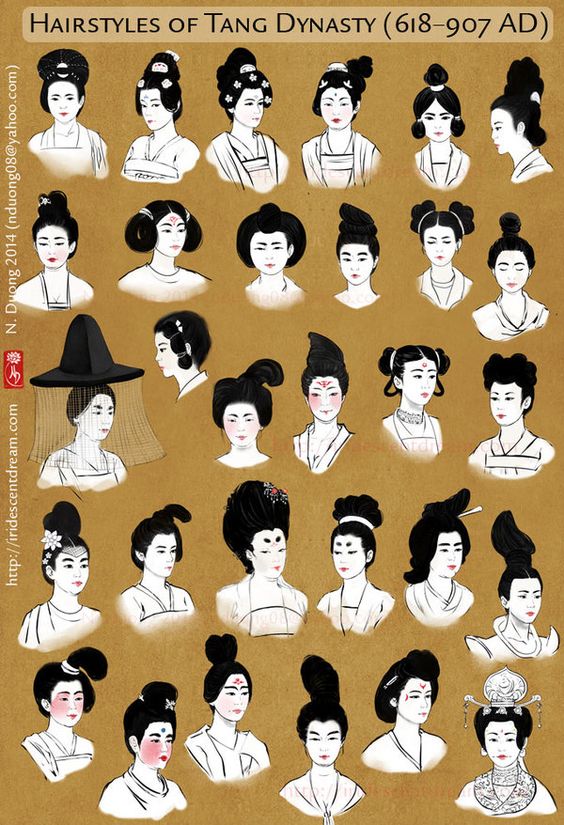
Proceeding apace! After the evocative gothic image of the sanctimonious peaches-and-cream maiden marrying the cadaverous Casaubon, Middlemarch has quickly devolved into a village comedy with all the usual types: the aunt busybody, the congenial parson, the young rake, the dull but earnest suitor. I’m a jaded English Lit major, and have never been a fan of the Marriage Plot, general in 19th century novels, unless there is, say, a madwoman in the attic or an egregious breach of manners, say, nakedness in the drawing room. It’s all too genteel and proper, and I await some grisly murder or monstrous betrayal beneath the scrim of politesse. There was a recent interview with Emma Cline, whose first novel was The Girls, about a Manson-like murderer with a cult of young women. She has recently written a story from the perspective of a Weinstein-like protagonist, and her interviewer suggested there might be something wrong with presenting a predator and criminal in a way that might make him sympathetic. Cline rightly retorted that monsters and madmen are better subjects for stories than the upright and respectable, and doesn’t humanizing them serve us all better, enabling us to finally see them? I agree. Unless, say, the subject is repression itself. I’m thinking of Anita Brookner novels, or The Remains of the Day. There are no hard and fast rules anywhere in literature. But are we, with Middlemarch, headed towards Anna Karenina on the train tracks? The Ace of Hearts at the end of Tess of the d’Urbervilles? I know where this is going, I’ve read it already, and every other one of these Marriage Plot books. The women cannot win.
Except, have you heard of Miss Marjoribanks, by Margaret Oliphant? I hadn’t either, until today’s London Review of Books arrived in the mail and I read this article by Tom Crewe, where he writes:
“The novel tells the story of Miss Marjoribanks, and of her return, after finishing her schooling, to live with her widowed father in Carlingford, where already
preparations and presentiments had taken vague possession of the mind of the town, as has always been observed to be the case before a great revolution, or when a man destined to put his mark on his generation, as the newspapers say, is about to appear. To be sure, it was not a man this time, but Miss Marjoribanks; but the atmosphere thrilled and trembled to the advent of the new luminary all the same.”
Doesn’t this sound good? Read on, that article has choice excerpts. Miss Marjoribanks never gets married! Or does she? I have ordered a copy. Apparently Mrs. Oliphant wrote 98 books, so this may be the start of something I can’t finish. But first, let’s find out what happens to Dorothea Brooke. I have forgotten the details. It’s not looking good for her, let’s all agree.
And before I go, I quite enjoyed Chapter 13, and the argument between Mr. Vincy and Mr. Bulstrode, with its suppressed insult, insinuation, veiled threat and oblique jabs. So English. Bulstrode is emerging as a villain, a character it gives one pleasure to detest. If the result of all this repression is vicious and amusing banter, and elegant eviscerations, OK OK, I’m along for the ride.










 I was in a meeting the other day in which we went around the table and introduced ourselves to each other. We were meant to describe our personal, non-work lives, and some people named hobbies, or told about their recent vacations, but 60% or so, when asked what they did outside of work, said they drove their kids to their sports and soccer obligations, and were slaves to their children’s sports schedules.
I was in a meeting the other day in which we went around the table and introduced ourselves to each other. We were meant to describe our personal, non-work lives, and some people named hobbies, or told about their recent vacations, but 60% or so, when asked what they did outside of work, said they drove their kids to their sports and soccer obligations, and were slaves to their children’s sports schedules.